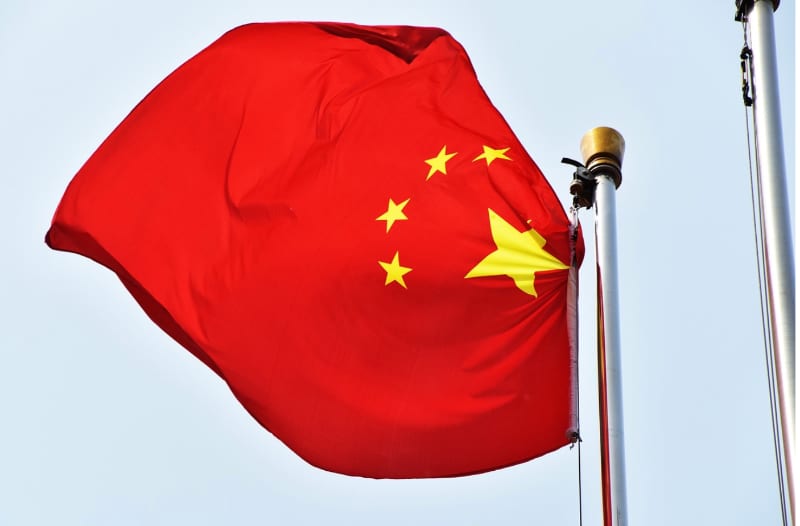China’s State Council sees cat bonds as measure to strengthen insurance system

China is aiming to strengthen its insurance system, with a particular focus on the impacts of weather and natural disasters and its State Council, a key ruling body, has cited catastrophe bonds again, as one measure that can assist.
Over the years, China’s State Council has repeatedly cited innovative risk transfer, alternative reinsurance capital and hedging mechanisms, as being key to support the country’s continued economic expansion in the face of rising economic losses from weather and catastrophes.
China’s government expends an enormous amount of money each year in disaster response, recovery and rebuilding, as the country experiences significant weather, climate and catastrophe impacts, with much of the costs going uninsured.
Some 15 years ago, the State Council was beginning to talk about ways it could shore up its provincial agricultural disaster financing, as these pots of money were exhausted year after year, as weather disasters came in more costly than anticipated.
There are other pots of government money that are exhausted each year in response to flooding, rainfall, convective storms, typhoons, drought, earthquakes and other weather and natural disasters that impact the country.
With China experiencing regular severe weather that drives large economic losses, it is also hurting local populations and making it harder for the rural poor to escape poverty.
At the same time, the mega-cities China has built are exposed to significant weather and disaster impacts, while their populations and businesses lack insurance in many cases.
Because of all of this and the slow-pace of insurance penetration growth, China’s State Council has put out a new position paper explaining that it wants to strengthen and develop China’s insurance market, while also diversifying risks globally, rather than retaining it internally as is currently largely the case, which comes down to government funding through state-backed entities and aforementioned pools of capital that are set aside for disaster eventualities.
Recognising the costs faced by its population, the Chinese government is looking to implement advances and reforms to strengthen the insurance system, enhance its supervision, modernise insurance approaches and also make use of reinsurance capital to spread risks both internally and internationally.
The State Council calls for “high-quality development” of the insurance industry and to allow it to play its full-role as economic shock absorber and social stabiliser.
On the weather and catastrophe front, the State Council calls for disaster prevention and control, alongside the use of financial mechanisms to protect against and spread the risks.
By 2029, the goal is to expand coverage, improve insurance services, ensure solvency and develop a high-quality framework, while by 2035 the State Council calls for a “new pattern of the insurance industry” with a “complete market system, rich and diverse products and services, scientific and effective supervision, and strong international competitiveness.”
Part of this is to support the continued development of China’s own insurance and reinsurance industry, but also to further open it up to international market participants, with a focus on those deemed to have higher quality and encourage international investment in the domestic marketplace.
In addition, Chinese insurers and reinsurers should be supported to do more business overseas as well, the State Council says.
Encouragingly, China also wants to participate more in international insurance regulation and deepen its relationships with regulators around the world.
It’s all very encouraging messaging from China’s State Council, which should be well-received internationally.
Enhancing the capacity of the Chinese insurance and reinsurance industry is also high on the agenda, not just by traditional means.
Expanding catastrophe insurance is seen as critical, to enhance the security of people’s livelihoods.
Building on existing catastrophe insurance pilot schemes will be part of this, where parametric and index-insurance techniques have long been used and have shown their benefits.
Advancing domestic risk modelling capabilities is also seen as important, while climate insurance products are also an avenue for exploration and implementation.
Accessing capital in all its forms is also seen as key, with capital markets and institutional capital seen as routes to bolster the strength of the domestic industry and for hedging and spreading risks outside of the domestic market.
Here, catastrophe bonds are seen as a viable mechanism and China’s State Council calls for more research into insurance-linked securities (ILS).
All of this alongside strict supervision and regulation, while leveraging risk management, risk transfer and developing the financial institutions necessary to smooth its domestic market cycle and protect the real economy.
China’s State Council recognises the need to protect the significant investments being made, protect livelihoods and wealth, while lowering the economic burden, especially from weather and disasters, all of which speaks to the continued development of insurance, reinsurance and also capital markets forms of risk transfer.
Chinese companies have already leveraged Hong Kong as a base for catastrophe bond issuance and this is a real area of opportunity both for China and the special administrative region.
It seems continued opening up of China’s insurance and reinsurance market should be expected, as well as greater use of international capital sources for funding and risk transfer.
Of course, China also wants to make use of its home-grown expertise in technology and innovation, to do things in the most modernised way possible, which could result in domestic expertise driving forward the countries insurance market sophistication, and this will be interesting to watch as the focus on risk management and risk protection grows, through the planned 10 years of focused development of the Chinese domestic marketplace.






